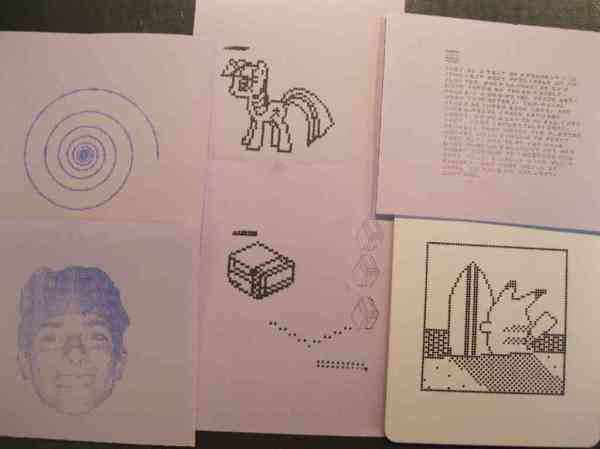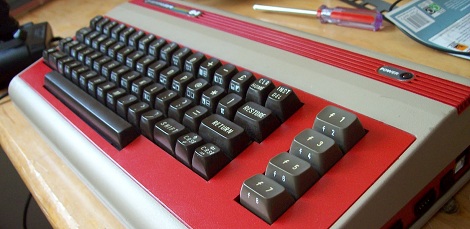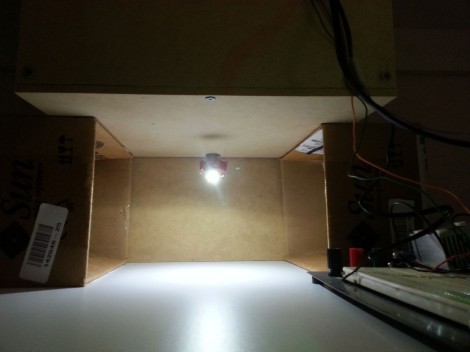
For the Milan design week held last April, [Patrick Stevenson Keating] made a cathode ray tube and exhibited it in a department store.
The glass envelope of [Keating]’s tube is a very thick hand-blown piece of glass. After coating the inside of the tube with a phosphorescent lining, [Keating] installed an electrode in a rubber plug and evacuated all the air out of the tube. When 45,000 Volts is applied to the electrode, a brilliant purple glow fills the tube and illuminates the phosphor.
Since the days of our grandfathers, CRTs have usually been made out of thick leaded glass. The reasoning behind this – and why your old computer monitor weighed a ton – is that electron guns can give off a substantial amount of x-rays. This usually isn’t much of a problem for simple devices such as a Crookes tube and monochrome CRTs. Even though [Keating] doesn’t give us any indication of what is being emitted from his tube, we’re fairly confident it’s safe for short-term exposure.
Despite being a one-pixel CRT, we can imagine using the same process to make a few very interesting pieces of hardware. The Magic Eye tube found in a few exceptionally high-end radios and televisions of the 40s, 50s, and 60s could be replicated using the same processes. Alternatively, this CRT could be used as a Williams tube and serve as a few bits of RAM in a homebrew computer.
You can check out the tube in action while on display after the break, along with a very nice video showing off the construction.
Continue reading “Building A CRT And Bathing Yourself In X-rays”















